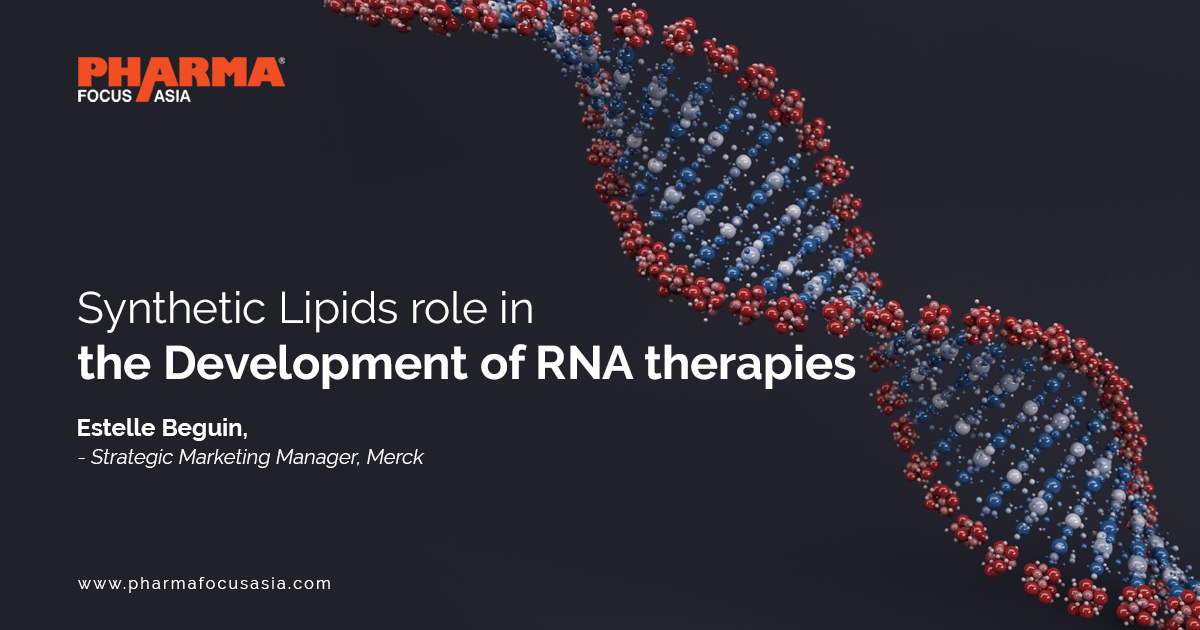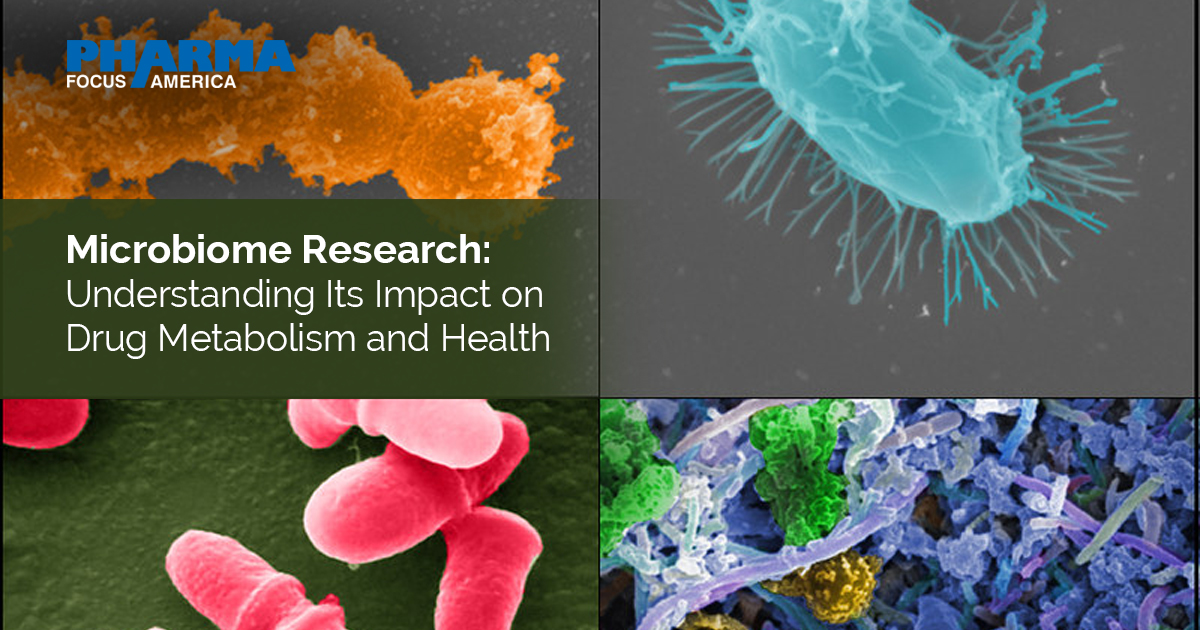Drug Discovery Today: Looking back, looking forward

Strong 8k brings an ultra-HD IPTV experience to your living room and your pocket.
This op-ed elaborates on the cusp of a revolution in drug discovery, driven by the AI/ML marriage between the prediction of biological structures (proteins, DNA, RNA and heteromorphs thereof) across the biome and the techniques for accelerating the discovery, synthesis and development of small-molecule agonists and antagonists against them.
While recently attending, by invitation, a state-of-the-art ChimeraX workshop on molecular modelling at the Harvard Medical School, I could not but reflect on the times that we live in with respect to our understanding of biological processes, the chemistry and physics that drive the workings of proteins and enzymes, the regulation of DNA, and the ability to interfere a-la a pen striking out a typo via RNA interference. The acceleration in the field of CRYO-EM techniques, and the ability to accurately predict protein structures has now fully matured As a result, magnum molecular machines whose structures lay within the confines of our imagination have not only been solved but resolved with sub-angstrom clarity and reside on the computer screen of many graduate students.
As a corollary, this is a heady era for drug-development. In the days of ‘yore’ solving protein structures had their parallels in drug-discovery with the common denominator being months to years from initiation to product realization. While the former necessitated either X-ray or NMR techniques coupled with tools including ‘hanging-drop’, molecular replacement, site-directed mutagenesis, H- D exchange, isotope labelling, the latter relied on bottom-up synthesis, natural products screens, SARS, enzyme inhibition kinetics, IC50s et al.
By contrast, as aforementioned, the last couple of years has witnessed a ‘renaissance’ in both areas. The inclusion of AI/ML techniques and predictive algorithms such as Alpha-fold (which is now coupled to visualisation programmes such as ChimeraX) have narrowed the gap between the previously vast ‘sequence’ vs ‘structure’ divide. Alpha-fold itself has a worthy rival(s). Its 220M predicted structures have been eclipsed by the ‘efforts’ of Meta AI. This ‘bot’ has crawled the ocean, the soil and in fact the entire terristrome and known oceanome to reveal the structure of over 600M proteins found in microbes deep in the soil, in the depths of the oceans and even within us. This ‘revelation’ vastly outnumbered our knowledge base from 5 years ago.
This trove of structures forms the basis for today's drug-discovery which had in effect transitioned into biologicals over the last 10-15 years for not only cancer but also autoimmune disorders such as arthritis, psoriasis, colitis, and degenerative disorders including MS and AD.
The chance to revive small-molecule based drugs has never heretofore been more compelling. AI/ML methods have been used for predicting retrosynthetic techniques, accelerating bottom-up procedures by harnessing their ability to ‘invoke’ appropriate reagents and catalysts at each step; they have been instrumental in the design of de novo entities. For example, platform discovery is now highly facile with AI coupling databases of known compounds with biomolecular structures (proteins, enzymes, NA, ribosomal complexes) to identify lead candidates, fine-tune their optimization, make accurate ADME and tox. predictions, control selectivity, simplify the synthetic route by reducing steps, and embrace one-pot techniques to improve yields. The inroads include target predic- tions, improvements on repurposing existing drugs, reductions in off-target hits (thereby helping attrition side-effects), predictive costing, embracing of green synthesis, addressing scale- up and essentially creating an algorithm for almost any synthetic route which can be coupled a robotic microfluidic platform to execute synthesis. Effectively, classical protocols in drug-discovery that are labour and time-intensive can be shunted.
Read more: https://www.pharmafocusasia.com/research-development/drug-discovery-today
Note: IndiBlogHub features both user-submitted and editorial content. We do not verify third-party contributions. Read our Disclaimer and Privacy Policyfor details.







